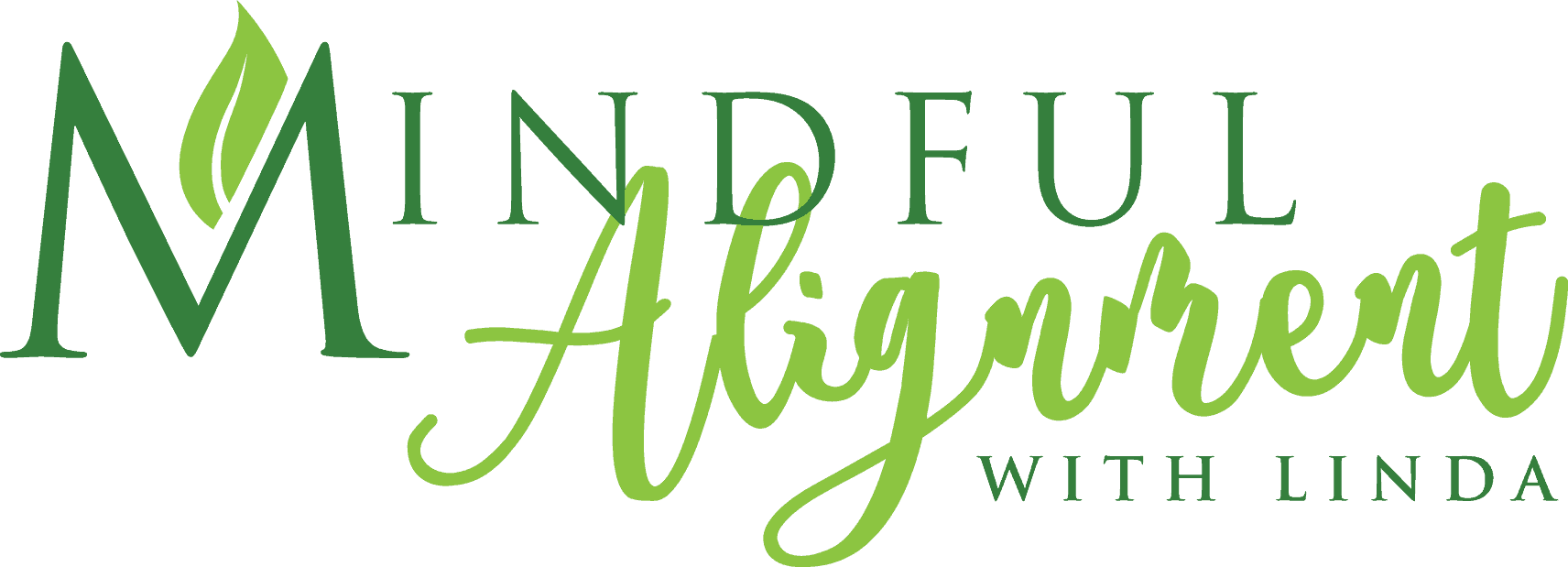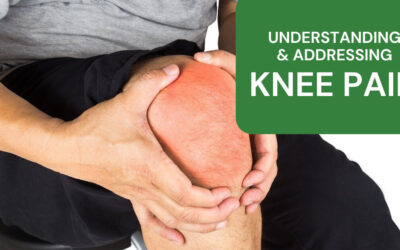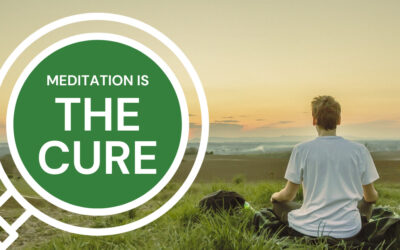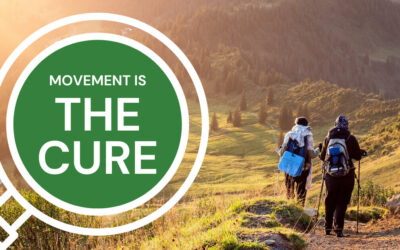3 Stretches to Release the Psoas Muscle
The Psoas Muscle
The psoas is an essential but often overlooked muscle, playing a significant role in a movement such as sitting, walking, and running, and is vital for mobility and stability. In addition, it acts as a bridge between your upper body with the legs and can affect posture if it’s out of balance.
This muscle is located in the lower lumbar area of the spine. It wraps around the pelvis to the femur, crossing over the Si joint. Pain in the Si joint, often called sciatica may be caused by a tight psoas muscle. The psoas also stabilizes the pelvis.
How to Evaluate if You Have an Imbalance
Evaluate if you have an imbalance between the right and left psoas muscles with the following techniques:
- Start by lying down on your back with knees bent and feet as wide as a yoga mat. Drop your knees into the middle so that the knees are supporting themselves. Notice the sensation in your psoas muscles as it wraps around the hip, attaching to the inner thigh. Compare the flexibility on both sides. If one side feels tighter, there may be an imbalance that could benefit from strength-building, stretching, massage, and yoga exercises.
- Stand in front of a mirror, noticing your feet on the ground. Does one foot turn out more than the other? Is one hip or leg higher than the other? These could be signs that your psoas muscles are imbalanced.
- Step the left foot into the runner’s lunge keeping the back leg straight and hands on either side of the front foot. Let the hips drop down, noticing how the hip on the left side feels, and measure the distance between the thigh and the floor. Repeat on the other side. Each hip should be equidistant from the ground.
- Finally, stand in front of a mirror to assess the alignment of your shoulders, hips, and back. An increase in lumbar lordosis posture, an inward arch on the lower back, just above the buttocks pushing your hips and pelvis forward, may cause lower back pain and tension in the psoas muscle.
It is essential to focus on strength-building, stretching, massage, yoga exercises, and proper rest to help maintain strength and flexibility in the psoas muscle.
Here are some simple exercises you can do:
- Hip Flexor Stretch: Lie on your back with both knees bent and feet flat on the floor. Bring one knee to your chest while keeping the other foot flat on the floor. Hold for 10-15 seconds, then repeat with the other leg.
- Standing Hip Flexor Stretch: Stand with one foot flat on the floor and one foot behind you. Push your hips forward until you feel a stretch in the front of your hip from the back leg. Hold for 10-15 seconds, then switch sides.
- Step the left foot into the runner’s lunge keeping the back leg straight. Place your hands on the inside of the front foot. Let the hips drop down as you breathe into the hip crease and inner thigh. Yoga blocks may be helpful under your hands.
Stretching for 10 minutes after every strength training session is a great way to keep your muscles relaxed and functioning optimally.
In addition to strengthening and stretching, rebalancing the psoas muscle can also be done through massage and particular yoga poses. Massage can help reduce tension and promote relaxation. At the same time, yoga poses like the reclined leg lift or the cobra pose can help improve strength and flexibility. Other poses include bridge pose and Warrior II. These poses help improve strength and flexibility in the psoas muscle, allowing it to work more efficiently.
Bottom Line: Take the time to regularly focus on strength building, stretching, massage, and yoga for optimal health and well-being. Your body will thank you! And remember to get enough rest – it is as essential as strength-building and stretching!
Finally, seek advice from a professional that can help you assess imbalances in your body if you have any discomfort or pain in your lower back and hips.
Are you tired of living with pain?
Are your activities and daily choices determined by your level of pain?
Are you ready to change your life for the better and gain back your physical freedom?
My unique and custom designed approach comes from years of training, education and experience. Together, we will get you back to living pain free and enjoying life.
Sign up for a private session today
It’s never too late to try something new.

Related Articles:
Understanding and Addressing Knee Pain
Knee Pain is a Common Ailment Knee pain is a common ailment that can significantly impact daily life, hindering mobility and causing discomfort. Understanding the causes and managing knee pain is essential for maintaining overall well-being, whether it's due to...
Meditation is the CURE
Meditation has gained recognition for having a profound effect on the mind and body, leading to improved overall health and longevity.
Movement is the CURE
Including movement into your day can be the cure to many health issues that plague us later in life. Movement has incredible benefits to overall health and helps promote longevity.



